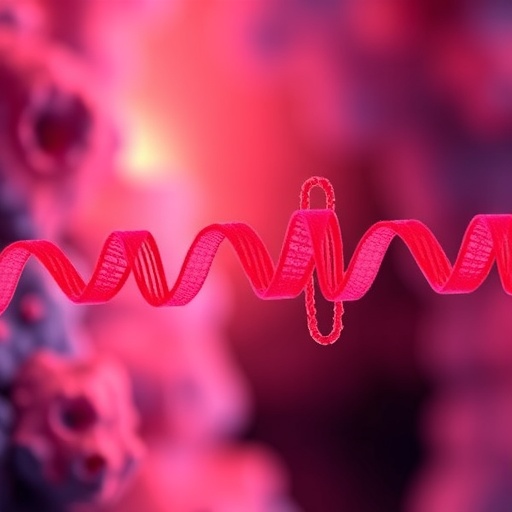
Credit: Centre for Molecular Biology
It has been proposed that somatic gene variations (SNV) present in few brain cells could facilitate the development of neurodegenerative disorders like Alzheimer's disease. Testing that hypothesis requires DNA sequencing directly in brain cells or tissue rather than in blood cells. However, the identification of SNV by standard and reliable sequencing procedures does not work well when the number of cells bearing the specific SNV (or mutation) is very low within the tissue. In this way, another techniques, such as high-throughput methods, could be used. However, those methods can introduce errors in reading sequence alignments that can interfere with the identification of true somatic variations.
In this work, once a new SNV was identified using high-throughput methodologies, the bulk DNA lacking that particular SNV was eliminated by the use of a restriction nuclease that cleaves bulk DNA molecules but not the ones containing the specific SNV. In further steps, the uncleaved DNA was amplified and sequenced by a reliable (error-free) technique such as the Sanger's sequencing method (see Figure). By following this approach we have been able to achieve the validation of some somatic brain mutations.
###
This work has been published in the Journal of Alzheimer's Disease, volume 56(3), February 7, 2017 and it is the consequence of a close collaboration between several research groups working at the Centre for Molecular Biology "Severo Ochoa" (CSIC-UAM), University of Barcelona, CIBERNED, VHIR and Sygnis, a company developing molecular biology tools for genomics and proteomics. Grants from the BBVA Foundation, MICINN and also by the Queen Sophia Foundation have supported the study.
ABOUT THE JOURNAL OF ALZHEIMER'S DISEASE (JAD) The Journal of Alzheimer's Disease is an international multidisciplinary journal to facilitate progress in understanding the etiology, pathogenesis, epidemiology, genetics, behavior, treatment and psychology of Alzheimer's disease. The journal publishes research reports, reviews, short communications, book reviews, and letters-to-the-editor. Groundbreaking research that has appeared in the journal includes novel therapeutic targets, mechanisms of disease and clinical trial outcomes. The Journal of Alzheimer's Disease has an Impact Factor of 4.151 according to Thomson Reuters' 2014 Journal Citation Reports. The Journal is published by IOS Press.
Media Contact
Jesus Avila
[email protected]
34-911-964-564
@IOSPress_STM
http://www.iospress.com




